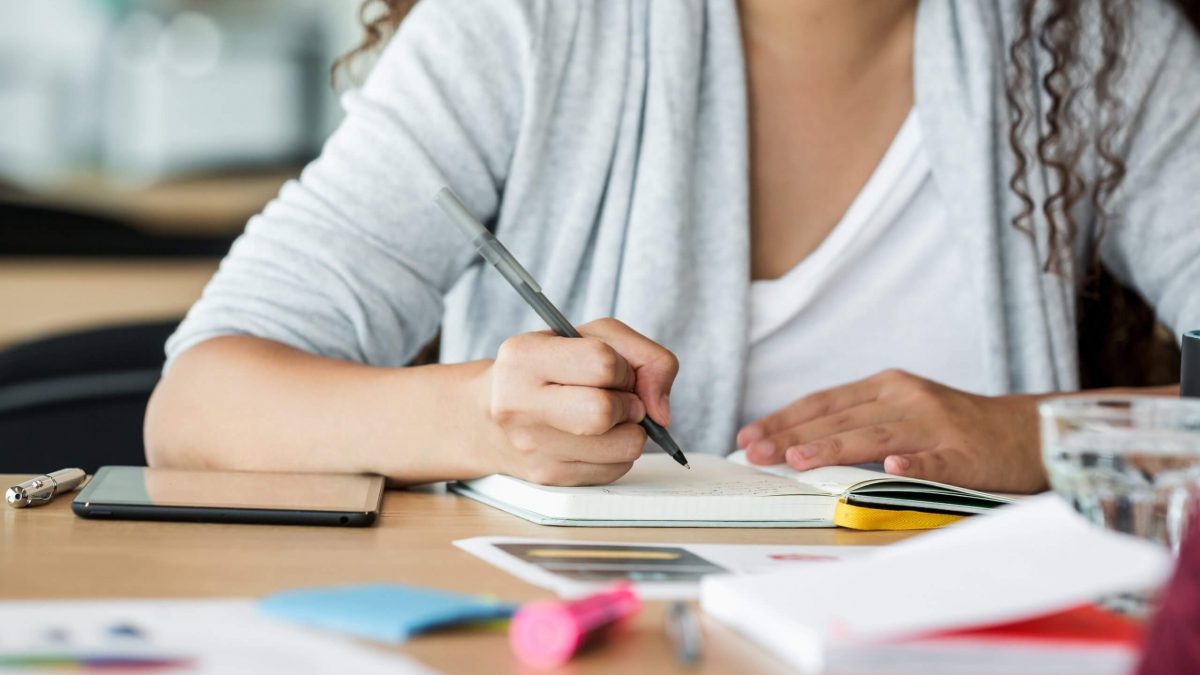Transition to Home: What Do I Need to Know about Working from Home with Kids and Partners through COVID-19?
The COVID-19 pandemic has caused a major shift in how Australians will work for the foreseeable future. For many organisations, having employees work remotely is entirely new. Not so long ago, only one in three Australians regularly worked from home. As we all adapt to this way of working, it’s important to recognise that many of us are also adapting to working from home with others in the household. The additional pressures of home learning, social distancing and state restrictions can also hamper the strategies we normally use to manage our work-family wellbeing. By taking the time to think strategically about how to work well from home, we can set ourselves up for success and sustainability.
While we recognise that everyone’s situation will be unique, we propose five practical strategies to help you navigate this transition.
Strategy 1: Clear Spaces
Clearly established boundaries help us to take care of our ourselves and our relationships, and to prioritise what’s most important. First, create a clear physical workplace using ergonomic principles (see WorkSafe Victoria’s Working From Home Guide). Next, make your boundaries visible. For example, a closed door or red STOP sign means “do not disturb”. To draw a mental boundary between work and home time, consider a deliberate ‘transition-in’ and ‘transition-out’ of each phase. Start your workday with a team call to say good morning, or end it with a brisk walk around the block with the family. Finally, routines provide us with a sense of familiarity and certainty. Think about what routines you could keep, add, relax, replace or avoid.
Strategy 2: Creative Management
Now is the time to throw out the rulebook and get creative about how to manage working from home with kids and/or your partner. Brainstorm, try different ideas, and be prepared to change tack if something isn’t working. Above all, hold realistic expectations about what can be managed during this period of upheaval. For lots of ideas on managing creatively with kids and partners during COVID-19, see our Resource “Transition To Home: What Do I Need To Know About Working from Home With Kids and Partners through COVID-19?”
Strategy 3: Concentration
Apart from the more obvious issue of having others in the home who demand your attention, there are other factors that can reduce your concentration such as lack of sleep, hunger, anxiety and excessive stress. To improve concentration, take the time to decide on your priorities at the beginning of each day. Build in time for inevitable distractions, and limit disruptions where you can (e.g., use noise cancelling earphones, regulate news intake and turn off email notifications). When all else fails, get out of your seat and move – go for a walk, dance around the living room or do some stretches.
Strategy 4: Compassion
More than ever, caring for our mental and physical health and wellbeing is essential. While compassion is defined as concern for the suffering of others, it starts with compassion for oneself. Practise self-compassion by staying physically and mentally well, reaching out for help when needed and being mindful about the expectations you are putting on yourself. Being compassionate towards others can include helping them stay well and safe, encouraging them to seek help if needed, and encouraging them to respect the boundaries of others.
Strategy 5: Connection
Social connection is protective for our physical and mental health. We may have to socially distance or isolate, but that doesn’t mean we have to disconnect. Find ways to stay connected visually (e.g. video conference), through shared experiences and achievements, and stay connected with your kids’ schools and your fellow parents. At work, communicate openly – express what you need, communicate the demands you have and exercise control where you can. Be prepared to flex, and recognise that everyone’s needs may continue to change over time.
For more tips and ideas about transitioning through COVID-19, take a look at our expanded resource “Transition To Home: What Do I Need To Know About Working from Home With Kids and Partners through COVID-19?” at www.pwwp.org.au/covid-19



